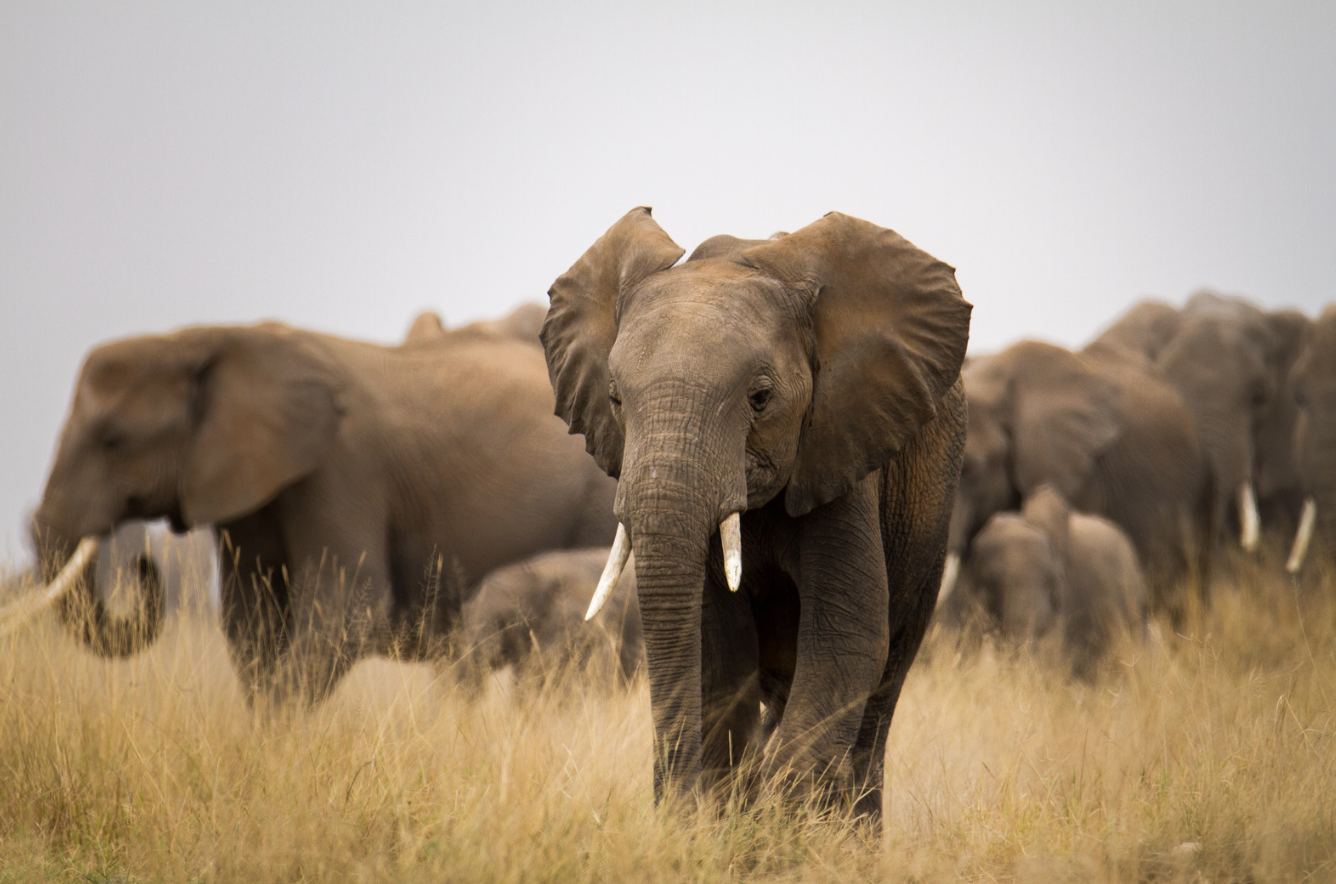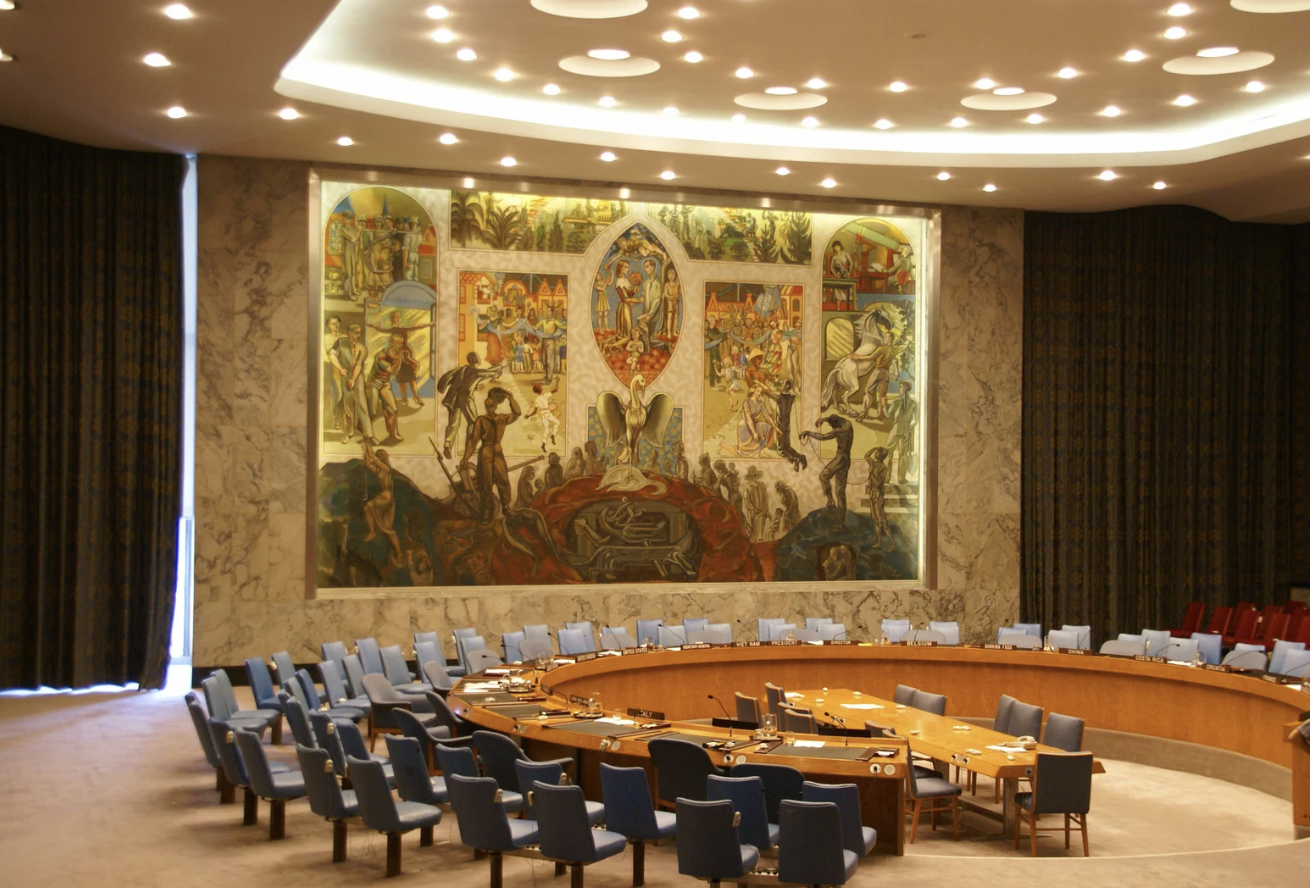Anúncios
There have been reports that the “white and iron” dzud that is now in place in Mongolia has reached a “critical” level.
These reports were made by entities that are affiliated with the United Nations. On the basis of the fact that this is the situation, it can be deduced that more than ninety percent of the nation is in danger of experiencing significant levels of risk as a result of the unforeseen weather events.
The Office of the United Nations Resident Coordinator in Mongolia has indicated that around 190,000 herder families are experiencing difficulties as a consequence of insufficient feed, growing expenditures, and increased dangers. These issues have been brought about by a combination of factors.
Over the course of Mongolia’s history, herding and cattle have been among the most significant parts of the country’s economy, culture, and way of life. Herding is the practice of herding animals. The numbers that are now available indicate that Mongolia is expected to be home to more than 64 million animals for the course of the winter season. This is the expectation that has been made.
As stated in an update that was made public this week, the Office said that “the increasing severity of weather conditions further exacerbates the crisis.” This statement emphasizes the critical need for immediate humanitarian aid as well as long-term solutions to sustain the people living in rural areas of Mongolia and their traditional ways of making a living. This remark was made in light of the fact that the problem is becoming worse as time goes on, which is a truth.
For the second year in a row, the nation has been confronted with circumstances that are very terrible, and this year is not an exception to that trend. During the winter of 2017, it was projected that more than seventy percent of the nation was impacted by the incident.
To be more specific, what exactly are dzuds?
A dzud is defined by extended winters that are marked by temperatures that are below freezing, considerable snowfall, and terrain that is so frozen that animals are unable to access pasture. Dzuds are also characterized by big snowfall events. The Mongolian term “dzud” refers to a certain kind of calamity that is characterized by its slow manifestation and is distinctive to the country.
When these circumstances are followed by a dry summer with forage that is similarly scarce, it is not unusual for this to occur. The cattle are unable to accumulate the fat reserves that they need for the winter months as a result of this limitation.
According to a study that was published by the United Nations Economic and Social Commission for Asia and the Pacific (ESCAP) in 2015, the incidence and severity of dzuds have been on the rise. One possible explanation for this pattern is that the effects of climate change are becoming more severe, in addition to problems with environmental governance.
A snow cover that is particularly deep, which prevents animals from reaching grass (white dzud), as well as a brief thaw followed by a strong freeze that traps pastures in ice (iron dzud) are markers of the dual “white” and “iron” dzud that is occurring this winter. Both of these dzuds are characterized by the fact that they are occurring simultaneously. The snow cover is rather heavy in each of these patterns, which is a defining characteristic of both of them.
As a result of the heavy snow that has caused roadways to be stopped, it has been estimated that more than 258,000 individuals, including more than 100,000 children, have been impacted. This information comes from the United Nations Children’s Fund (UNICEF). Because of this, children are unable to get essential information on their health, nutrition, education, and social services. This is a result of the situation.
According to the group, Herder families, who are the most directly affected by the dzud, are often need to leave their children in the care of relatives or at boarding schools. This is because the dzud occurs in these families. Not only does this increase the dangers that are linked with protection, but it also causes the children to experience higher levels of psychological stress.
When it comes to the months of February and March, there is an immediate need for funds for programs that clean roads, programs that deal with narcotics, radios that allow for remote learning, and programs that make sure children are safe.
One’s reaction to the
As a result of the formation of the emergency operations center (EOC) of the government, the Deputy Prime Minister has been assigned the responsibility of leading and coordinating the measures that are being carried out in response to the catastrophe.
A total of 120 emergency health kits, 20 hygiene kits, and “safe haven” child protection kits had been sent by the United Nations Children’s Fund (UNICEF) to the several provinces prior to the occurrence of the crisis. It was the intention of these kits to protect youngsters from potential danger.
In order to provide assistance with the response, it is now in the process of acquiring twenty integrated health kits. These kits will involve the provision of vitamin D to youngsters who are still in their teenage years. Additionally, it is equipped with 555 hygiene kits that are prepared to be distributed to everyone.
The United Nations Children’s Fund (UNICEF) will also provide assistance for the distribution of portable digital audio devices that are already loaded with audio lessons to families who are herders. For the purpose of ensuring that children of school age are able to continue their education, the UNICEF will also provide assistance for the distribution of these devices.




